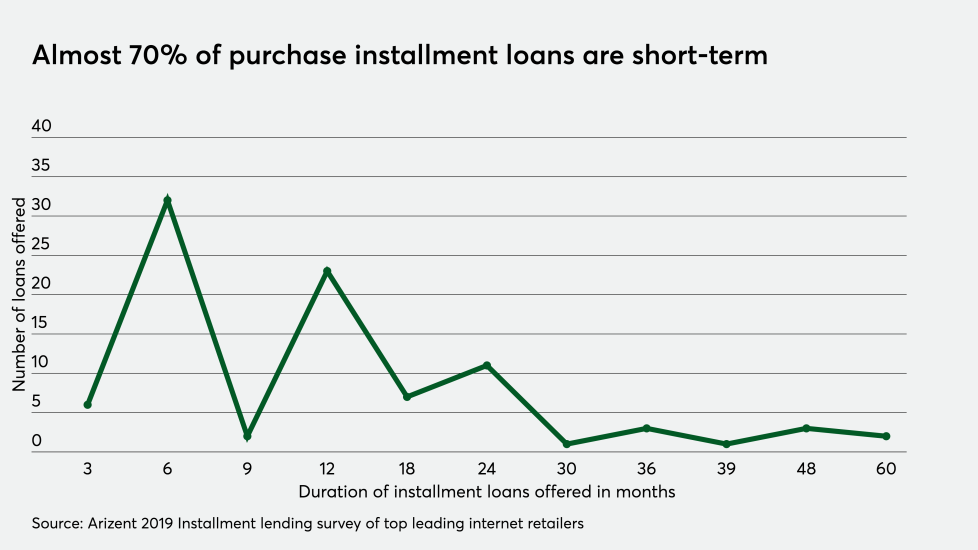When established card networks such as
In justifying its 2019 purchase of
Today, installment loans cover a variety of uses ranging from purchasing t-shirts and jeans to debt consolidation and alternatives to credit cards. According to
When established card networks such as
In justifying its 2019 purchase of
Today, installment loans cover a variety of uses ranging from purchasing t-shirts and jeans to debt consolidation and alternatives to credit cards. According to





Federal Reserve Gov. Stephen Miran said higher goods prices could be the trade-off for bolstering national security and addressing geo-economic risks.
The Los Angeles-based subsidiary of Royal Bank of Canada is elbowing into fast-growing North Carolina and South Carolina with a strategy focused on middle market banking.
HoldCo Asset Management says that shareholders should reject Fifth Third's proposed acquisition of Comerica during a Jan. 6 vote due to what it calls an "unacceptable" negotiation process and the possible upside from another deal.
Part of the growing "phishing-as-a-service" economy, the Spiderman kit offers novice hackers sophisticated tools to target customers of major EU institutions.
Banks may need to offer people over the age of 65 more than just digital experiences, according to an executive at J.D. Power, which surveyed more than 11,000 retail banking customers.
In a move some industry observers call "dangerous and irresponsible," the administration is taking down consumer protection guardrails that have been put up by states like California and Colorado.